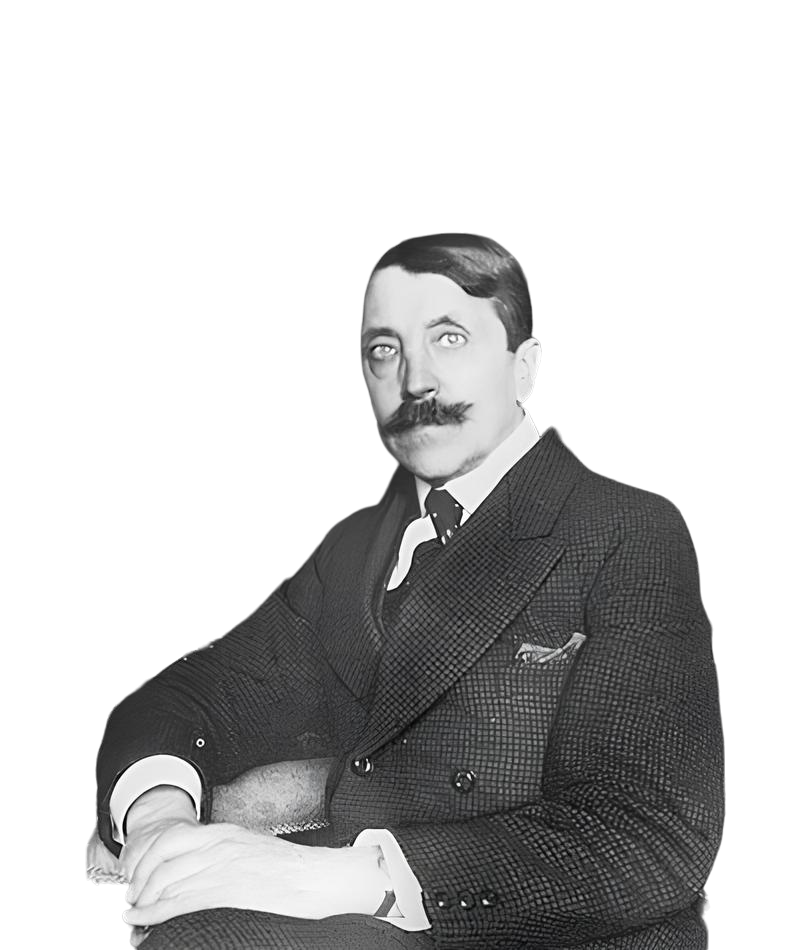Stories & Legends
Mikhail Matiushin

-
Matiushin was born in the year of the abolition of serfdom (1861), but was registered as the son of a serf peasant woman. On his father's side, his ancestors were representatives of the well-known Saburov acting family.
-
Matiushin had a perfect pitch. He began learning music independently at the age of five. By the age of six, he could pick up and play various melodies and songs by ear. At seven, he mastered the musical notation. At the age of eight, he began earning by singing in the church choir. At nine, he crafted his first violin, and by eleven, he became a singing teacher in an orphanage. After his first audition, he was admitted to the Nizhny Novgorod Conservatory, and later to the Moscow Conservatory, where he studied under P.I. Tchaikovsky and Rubinstein. After graduating, he was the first violinist of the Court Orchestra in St. Petersburg for 30 years.
-
As a translator, he traveled to Paris for the World Expo. Matiushin had self-taught French, speaking with a French governess who lived in their house.
-
After acquainting himself with Alfred Einstein’s theory of the "fourth dimension" as well as with the writings of the mathematician-theosophist P.D. Uspensky, the artist began developing the idea of the so-called "expanded vision." He saw it as the only correct way to create modern art, considering art as a form of understanding nature. Matiushin had no doubt that expanded vision would eliminate "individual movement," and ultimately, one person's history would be the history of all people.
-
Matiushin regularly conducted spiritualistic sessions, summoning the spirit of his deceased wife, the artist and poet Elena Guro.
-
According to Matiushin's teachings, a landscape should be seen as if from several sides at once. His root sculptures were essentially the first Russian ready-mades. Extracting real tree roots from the ground, Matiushin presented them as art objects.
-
Matiushin headed the Experimental Laboratory of Physico-Physiological Foundations of Visual Arts at the State Institute of Art History. Together with members of his group "Zorved" (Seeing + Knowing), he conducted research on the influence of color tones on the observer's perception of form. It was found that during prolonged observation, cold tones gave the form of "angularity" and the color became more star-shaped, while warm tones, on the contrary, created a sense of roundness in the form, and the color became more circular. In 1932, the "Color Primer", a guide to harmonious color combinations was published.